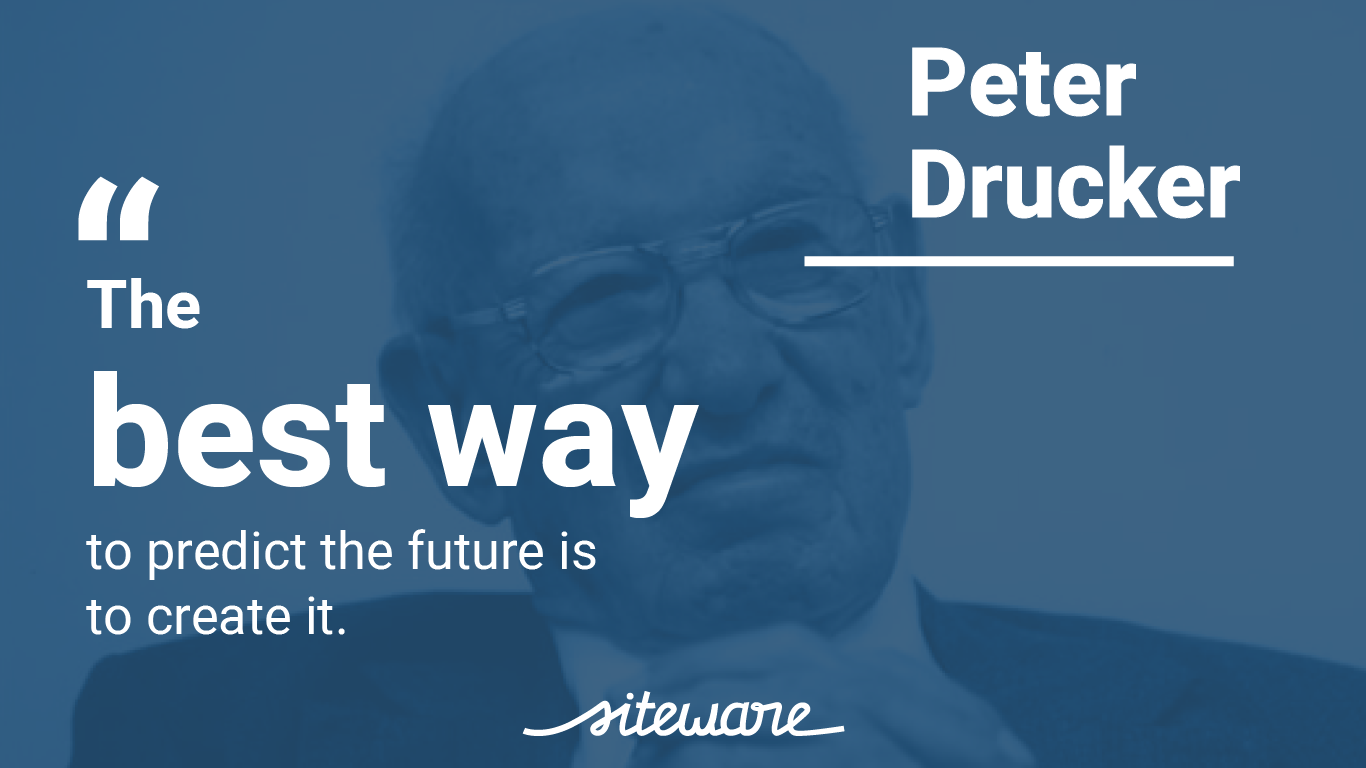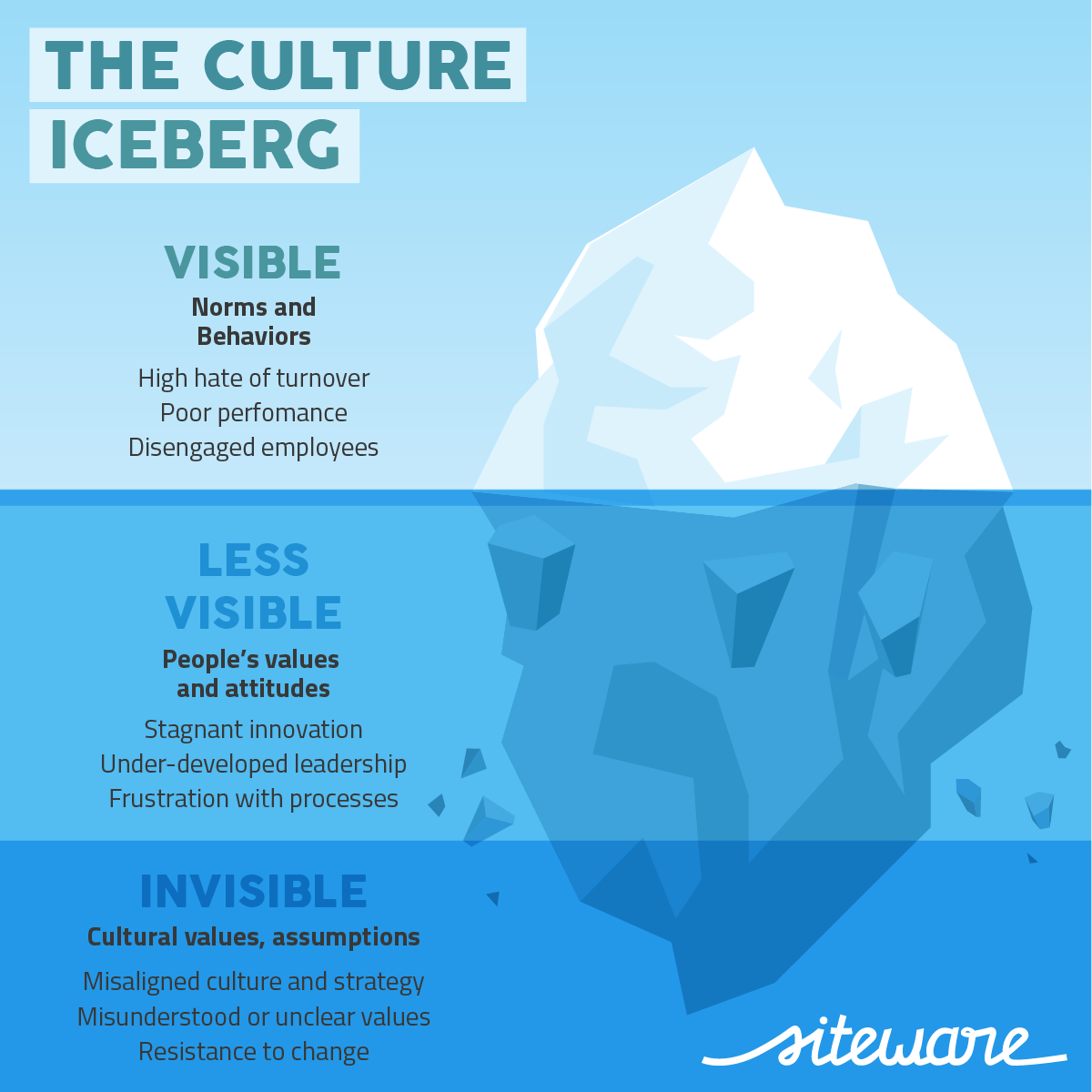Why Should a Strategic Plan Be Continuously Monitored and Updated
Company's need effective ways to monitor and evaluate a strategic plan and its results.
These strategic planning activities are necessary both to measure the results obtained and to evaluate the progress of the company's global and specific objectives by tracking goals and indicators.
Just as you check directions along a road to see if you are nearing the end of your journey, it is just as important to check that the business and process development that the company has planned is on the right track by using a follow up plan.
In this post, you will better understand what a strategic plan evaluation is, how it monitors its internal activities, learn about some strategic planning tools, and how to evaluate a strategic plan.
There are several activities that need to be properly coordinated and that we will present in a didactic way so that you definitely understand what strategic planning is for.
[GUIDE] Monitoring and Evaluating a Strategic Plan: How to Monitor Goals
When working on a strategic plan, it is essential to define an indicator monitoring plan that allows the assessment of whether the company's plan is achieving the expected results.
But before we look at the entire strategic planning process, it is important to understand this concept clearly.
After all, if we do not know what the strategic plan of the organization is for, it will be worthless to control the action plan and the monitoring and evaluation of results.
So, see below: What is strategic planning anyway?
What is strategic planning
According to the master, Peter Drucker:
"Strategic planning is a continuous process of systematically, and with the greatest possible knowledge of the future, making current decisions that involve risks; systematically organizing the activities required to execute these decisions and, through organized and systematic feedback, measuring the outcome of those decisions against expectations"
Hmm … did that definition make things clearer for you?
Perhaps these other two other Drucker quotes are more enlightening:
"Long term planning does not deal with future decisions, but with a future of present decisions"
"Doing things right is more important than doing the right things"
In other words: Planning and monitoring activities are closely linked! That is what he means by "constant feedback."
As for decision making, he makes it very clear that it is done now, with the goal of generating future, uncertain and "risk-taking" results.
That is: Our decisions may not come to fruition, which is why monitoring and evaluating a strategic plan is so important. It is responsible for monitoring internal activities to allow managers to take corrective action if necessary.
In short, effective ways to monitor and evaluate a strategic plan must contain ways to monitor goals and indicators to ensure that the "future" is going as planned, "doing things right."
Check out another quote of Peter Drucker that is worth knowing:

Now that you know more precisely what strategic planning is and what it is for – with the help of Peter Drucker's ideas – let's take a look at some strategic planning objectives.
3 main objectives of strategic planning
Below are the main objectives and benefits of monitoring your organization's strategic plan:
1- Ensuring that activities are being performed within the defined parameters
During the development of strategic planning, for each activity planned for the organization, necessary parameters for their accomplishment are considered.
Costs, execution time, financial, material and human resources needed, among others.
Now, while the plan is being put in place, the manager must make sure that all activities are being carried out within the proper parameters.
Rather than assessing, the manager must look at whether a change of course is required, and whether the parameters for any activity need to be rethought.
Ensuring activity progress helps set performance standards that indicate progress towards long-term goals, assesses people's performance, and provides input for feedback.
2- Ensuring activities are consistent with company DNA
The soul of the organization is closely linked to its vision, mission and values.
Monitoring strategic planning is also a way to ensure that activities are being developed in accordance with the values that guide the organization and its organizational culture.
Since they are directly related to the organizational climate and the corporate image of the company.
Check out this unique Siteware infographic that shows the consequences of a misaligned organizational culture of strategic planning:

3- Assessing ability to achieve goals and identify problems
Analyzing both the internal and external workforce and the exchange of ideas is also important in measuring how well a company is able to achieve what was set for the period.
By comparing performance data with established standards, it is possible to visualize or anticipate possible bottlenecks in corporate daily life.
Why is monitoring strategic planning important?
When a company monitors its strategic planning closely, it ensures that its teams are doing a good job, committed to maintaining progress, and with proper records so they can be evaluated.
Here is another quote from a master, Ram Charan, to illustrate how monitoring strategic planning is critical.
"70% of strategies fail due to ineffectiveness. They rarely fail due to lack of intelligence or vision."
That is, at the time of executing the plan, it is crucial to carry out strategic monitoring and evaluation of the planning systematically and constantly.
After all, if 70% of planning activities fail in execution, only strategic planning control and evaluation – with metrics – will allow errors to be detected and adjustments made.
The metrics a company uses to measure also indicate the quality of the year or period the company is in.
If necessary, from what is evaluated, it is possible to correct the current path, make investments, hire staff, seek technological tools, build partnerships, among many other solutions.
Monitoring is part of the strategic planning system primarily to keep track of what is happening.
And this is usually done through an analysis of regular operational and financial reports on a company's activities.
The results of a strategic planning follow-up are:
- Incentive for continuous improvement;
- Provision of data on the impact of activities;
- Information for decision making.
The monitoring of strategic planning should be carried out based on the same indicators used when preparing strategic planning.
This also allows for process review as the company realizes that activities, internal and external relationships, customer approaches, etc. need to be modified.
Is it clear to you how important strategic planning and the control of action plans and activities are?
Examples of strategic planning indicators
You have seen that there is no way to monitor strategic planning without the use of indicators.
There are actually three types of indicators to consider in a company:
- Strategic Indicators: They point to the future, the path the company is expected to follow, and are linked to the mission and vision of the business. They will be reached in the long term, between 3 and 5 years. After an analysis of internal and external scenarios and company differentials, with the help of SWOT analysis, strategic indicators are usually defined.
- Tactical Indicators: are related to the actions of each area of the company. They make up an action plan that is effective in a shorter period than the strategic objectives, but should contribute to it. If tactical indicators are being met, there is a good chance that strategic objectives will also be met successfully.
- Operational Indicators: short term. They are directly linked to the day-to-day operations in a company and the progress of the processes. Operational indicators are assigned to each employee to achieve the desired performance level that will make it possible to achieve tactical and strategic goals.
How do you define strategic planning indicators, anyway?
We have seen in the paragraphs above that strategic indicators have the following characteristics:
- Point to the future
- Achieved in the long term
- Linked to a company's mission and vision
- Based on competitive differences
So, for example, it would make no sense to define strategic indicators like the following:
- Improve the efficiency of our production line by 15% next year.
- Increase sales by 10% by the end of June
- Hire new talent to fill 6 positions on the board by year's end
These are typical examples of tactical indicators.
To get examples of strategic planning indicators, one must think of changes more linked to the company's DNA, its mission to society.
Here is a short list of examples of strategic planning indicators:
- Launch 3 new product lines each year over the next 4 years to gain 35% more Share in Market X.
- Create a corporate university that meets our needs within a maximum of 2 years and institute university study support plans to enable our employees to have 85% of the workforce with a college degree and 50% with a postgraduate degree. 5 years.
- Deactivate business units with less than 20% profitability and use the proceeds from the sale of these assets to start an international expansion project by opening 1 unit in countries X, Y and Z and 3 units in country W within 4 years.
Challenges of following strategic planning
Now that it's clear to you how to evaluate a strategic plan, let's look at the challenges inherent in doing it.
If we consider that strategic planning is the consolidation of ideas, it is in the implementation of these ideas that the organization will obtain its results, as Charan pointed out.
That's why it needs to be constantly reevaluated and rethought as corporate progresses.
The biggest challenge of strategic management is related to the ability to move the organization and keep it connected with what was proposed by the strategic plan, with the adaptability that this process requires.
Like every management function, this presupposes a permanent dynamic of planning, execution, monitoring, evaluation, adjustments and readjustments.
And if you want to know how to evaluate a strategic plan even more quickly and assertively, check out STRATWs One strategic planning software.
It enables a friendly view of your strategy map, making it easy to track indicators and goals and creating action plans for each one.
It makes it much easier to understand how to evaluate a strategic plan and monitor internal activities.
Revolutionize the management of your company with STRATWs One

Source: https://www.siteware.co/strategic-management/how-to-evaluate-strategic-plan/
0 Response to "Why Should a Strategic Plan Be Continuously Monitored and Updated"
Enviar um comentário